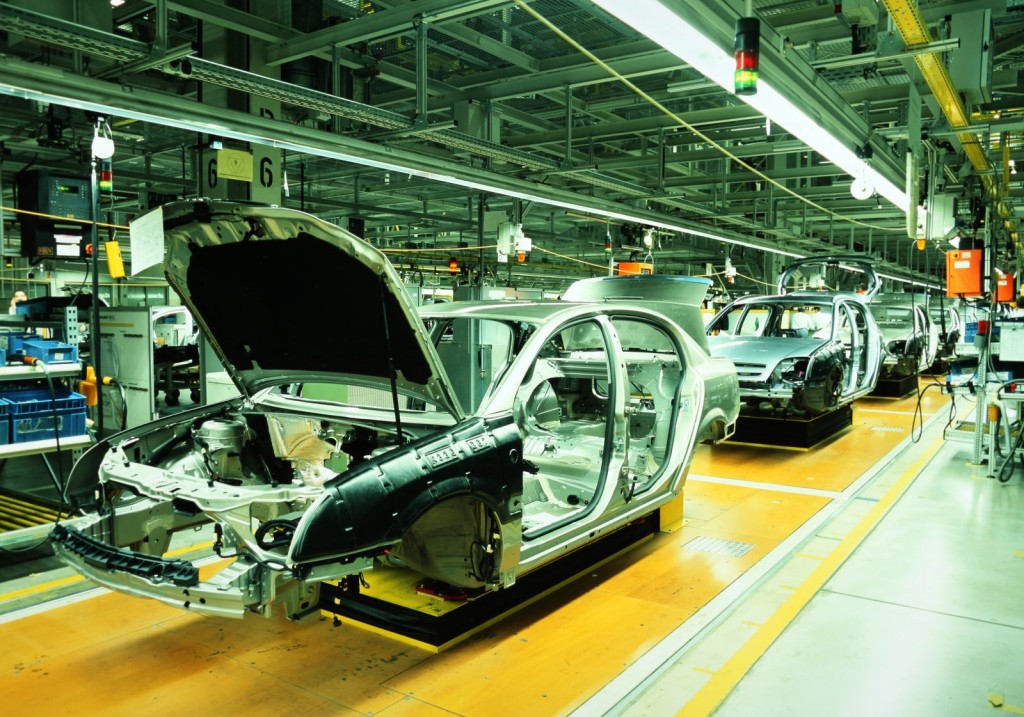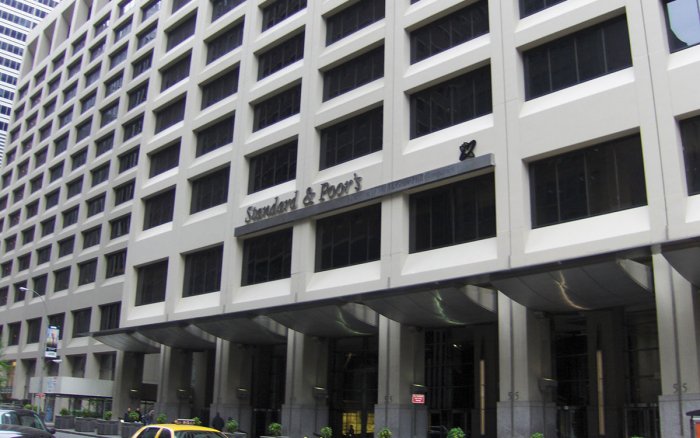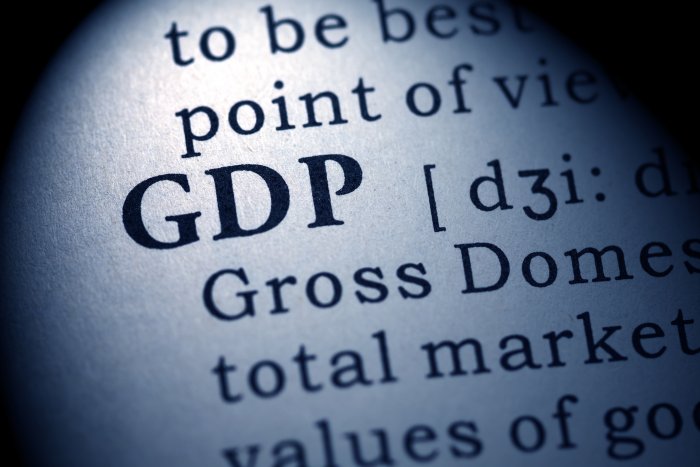In-depth: Driving production

The following article originally appeared in the June 20 - July 03 print edition of the Budapest Business Journal.
Hungary’s manufacturing sector is revving up, and carmakers are in the driver’s seat.
In early June, the government announced that industrial output sped up to its fastest growth rate in three years in April, with a 10.1% year-on-year increase. The biggest component of this growth was the country’s automotive industry, where output rose 21.6%.
With Daimler’s Mercedes-Benz, Audi and GM Opel launching new factories in the last couple of years, and Suzuki also increasing production, the sector is on a tear, and the number of smaller suppliers who serve these big four is expanding.
As of May 28, there were 710 Hungarian automotive companies, and together they produce nearly one-fifth of manufacturing output and 18% of exports, according to Péter Szijjártó, the state secretary for foreign affairs and external economic relations in the Prime Minister’s Office. These companies are said to employ roughly 115,000 workers, and the sector is estimated to contribute as much as 10% of the country’s GDP. With plant investments and the growth of local component manufacturers, the proportion of employment and production covered by the car market is likely to continue increasing.
The boom in investments and production from automakers is good news for Prime Minister Viktor Orbán, whose economic policy promotes the importance of encouraging manufacturing to create jobs.
While Orbán said in a June 13 radio address that special taxes would continue for the financial, energy, retail and telecommunications sectors, automakers still enjoy tax breaks and other incentives in Hungary. Orbán’s government has also complied with carmakers’ requests by supporting vocational training programs to improve the skills of Hungarian workers.
Growing a market for suppliers and innovators
In return for government support, officials have pushed the major automakers to use locally based suppliers. The big four seem happy to buy in Hungary, and they are driving growth among components manufacturers and other suppliers – thereby bringing in more investment.
For instance, American automobile interior maker Eagle Ottawa, which touts itself as the “the largest global manufacturer of high quality automotive upholstery leather”, has announced plans to raise headcount at its base in Szolnok to 1,200 by the end of the year. Hungary is also home to factories for other international “tier 1” suppliers – those who make essential components for manufacture of automobiles – including Linamar, Siemens and Nemak.
A big draw for any manufacturers coming to Hungary is the traditionally high level of skill of Hungarian workers – and their lower wage requirements. The abundant supply of low-cost human capital has always made Hungary a natural place to set up research facilities, and carmakers see this too. Multinationals, including Knorr-Bremse, Bosch and many other automotive firms have established R&D operations here. Meanwhile, the growing group of small- and medium-sized firms that have sprung up to supply automakers are also driving innovation.
With a critical mass of suppliers in place, Hungary is building a cluster of high-tech automotive specialists who can fuel an innovative environment. Some exciting investments could emerge from among small- and medium sized automotive firms with new ideas.
The big four grow
While the little players offer future promise, the auto manufacturing market is still dominated by the big four original equipment manufacturers: Audi, GM Opel, Daimler-Benz and Suzuki. All of these OEMs report expanded activity in the last couple of years.
Already operating the world’s biggest engine factory, which produced 1,925,636 engines in 2013, Audi Hungary in Győr started production last year at a €900 mln plant, where the firm produces entire cars in Hungary for the first time. That factory is expected to eventually produce 125,000 vehicles a year. According to the company: “With a total investment volume of more than €6.7 bln, Audi is today one of the most important foreign investors in Hungary and one of the biggest employers in the region,” with more than 10,000 employees.
Magyar Suzuki reports that production grew to an output of 161,106 automobiles in 2013, a 3.2% increase on the previous year and a positive step in the steady march back to the plant’s production peak. Suzuki has been in Hungary since 1991, when it built a plant in Esztergom. The factory expanded productivity over time, achieving a capacity of 350,000 vehicles a year in 2008 before the economic crisis that year reduced demand for the cars.
Daimler AG opened the Mercedes-Benz Kecskemét factory in 2012, after more than four years of planning. The company said that it employed 3,358 people and produced 109,266 cars in 2013, and they still saw a need to employ and produce more. Noting strong growth in worldwide demand for Daimler’s vehicles, the company announced in March that it was adding a third production shift at the Kecskemét plant in May.
GM Opel in Szentgotthárd, the first post-transition investment in the automotive industry in Hungary, inaugurated a new engine plant in 2012. The factory boasts state-of-the-art ‘flex’ technology that allows the staff to work flexibly and efficiently. The company says it has the capacity to produce half a million engines per year. After manufacturing 85,000 complete cars between 1992 and 1998, Opel in Hungary shifted to engine manufacturing, steadily increasing the types of engines made there.
Big bet on cars
The country is betting heavily on cars. By 2013, Hungary was already among the EU countries with the highest share of GDP coming from the automotive industry – 4%, rising to 10% if you include the production of parts and accessories, according to analyst Dariusz Kałan of the Polish Institute of International Affairs. He noted the risks of putting so many eggs in one basket: The Czech Republic built its economy with a heavy reliance on the auto industry, only to suffer from layoffs when worldwide demand dropped in 2008-2009. Still, Kałan maintained that the automotive sector’s growth is currently essential to the Hungarian economy, and holds a future promise of encouraging more innovation.
For now, the industry is looking like a winner in Hungary, and both the market and government policy are encouraging growth. While things are going well, Hungary seems perfectly happy to let the carmakers do the driving.
SUPPORT THE BUDAPEST BUSINESS JOURNAL
Producing journalism that is worthy of the name is a costly business. For 27 years, the publishers, editors and reporters of the Budapest Business Journal have striven to bring you business news that works, information that you can trust, that is factual, accurate and presented without fear or favor.
Newspaper organizations across the globe have struggled to find a business model that allows them to continue to excel, without compromising their ability to perform. Most recently, some have experimented with the idea of involving their most important stakeholders, their readers.
We would like to offer that same opportunity to our readers. We would like to invite you to help us deliver the quality business journalism you require. Hit our Support the BBJ button and you can choose the how much and how often you send us your contributions.











